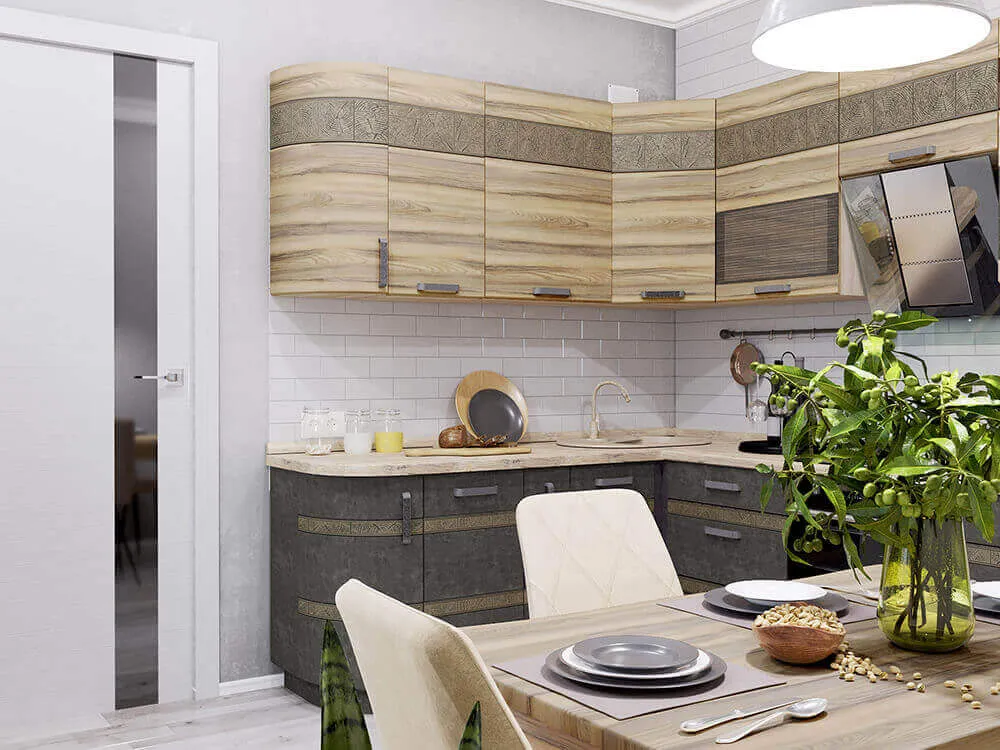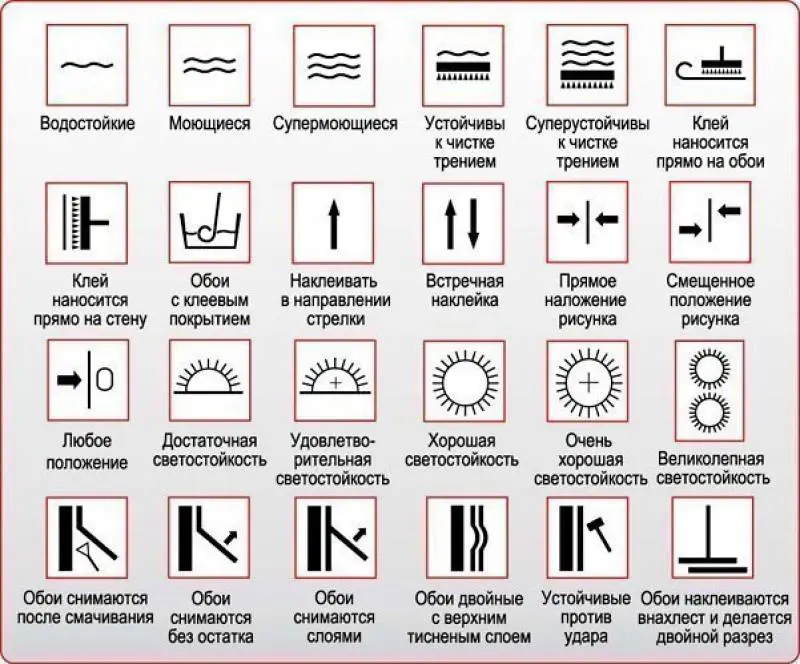There can be your advertisement
300x150
Floor Covering. 4 Key Components
Natural stone, cork, parquet, laminate, tiles – how do floor coverings differ for various room types, and what should you consider during renovation?
It's commonly believed that the hardest part of floor renovation is choosing the materials for different rooms in an apartment. However, understanding technical details is equally important, even if the work is done by a construction team.
1. Preparation
- Clearly, the floor must be even; otherwise, it will need to be leveled before laying the new one. To fix unevenness, use thick compound (spackle); for sealing cracks, use fast-curing resins; and for simultaneous leveling, waterproofing, and improved adhesion to the top material, use liquid primer.- Often, plywood is used for leveling floors – it's screwed to the floor with a drill, sanded, and joints sealed with foam or silicone. Another option is self-leveling concrete, originally used only to level surfaces, later to lay parquet on top. However, the surface can remain as-is permanently – you can walk on it just a few hours after pouring.- After leveling, lay a thermal and insulating layer – underlayment. This film is placed under both laminate and parquet.
2. Finishing
- First and foremost, decide on the type of covering: natural or synthetic. Natural materials are more eco-friendly and pleasant to use, but they come with maintenance challenges. These include wood (including parquet), natural stone, and cork. However, they have drawbacks: wood reacts to temperature and humidity changes, stone is fragile and sensitive to household acids (even wine or acidic sauces can leave marks on marble or travertine). Even protective coatings don’t guarantee full resistance. Cork, on the other hand, lacks these issues and is very easy to install.- If using natural wood, ensure all wet work in the room is completed and humidity has stabilized, otherwise wood may warp. Wooden floors may also require additional finishing. Before painting or staining, they must be thoroughly cleaned, leveled, and filled. Parquet can be restored even in poor condition using a planer machine, then recoated with wax or lacquer.- If paint on wooden floors begins to peel, don’t rush to strip and repaint everything: carefully clean and lacquer the surface to turn the flaw into a decorative feature.- The second category – synthetic materials – includes ceramic tile, porcelain, linoleum, laminate, and carpet. They offer excellent geometric stability, are insensitive to external factors, and come in a wide range of colors. They are also more affordable. Importantly, synthetic coverings can be used on heated floors. However, they are less comfortable than natural materials. Additionally, carpet may trap dust and allergens, making it harder to maintain.
3. Baseboards
- The main purpose of baseboards is to hide the joint between floor and wall, and to conceal electrical wiring. The most common types are made from wood, MDF, or plastic. Wooden baseboards match parquet well, are durable and eco-friendly, but lack cable access holes. MDF baseboards are easily removable, and their varied profiles allow for neat cable routing. Plastic baseboards are the cheapest but least durable, and poorly withstand temperature fluctuations.- When choosing baseboards, consider not only profile, color, and material, but also how they affect home hygiene. To keep floors cleaner, ensure joints and corners are barely visible and the baseboard isn’t overly ornamental. A great solution for tiled floors is not standard tile baseboards, but a mosaic strip that transitions smoothly from floor to wall, without a sharp angle. These are often used in laboratories and operating rooms, as they prevent dust and dirt from accumulating in corners.
4. Heated Floors
- Heated floors were once a sign of wealth, but today they are just an optional feature and a standard solution for insulation, not necessarily expensive. There are two types of heated floors: electric and water-based.- Electric systems, though more expensive, are preferable for small spaces in multi-apartment buildings: they’re resistant to external damage (unlike water-based floors, which may leak), and won’t cause neighbor complaints, as hot water won’t cool down and flow from taps after passing through the floor heating network.- Water-based floors are more convenient and cost-effective for country homes or dachas: if a leak occurs, no one will be flooded, and you’ll save on water, which is much cheaper than electricity.







